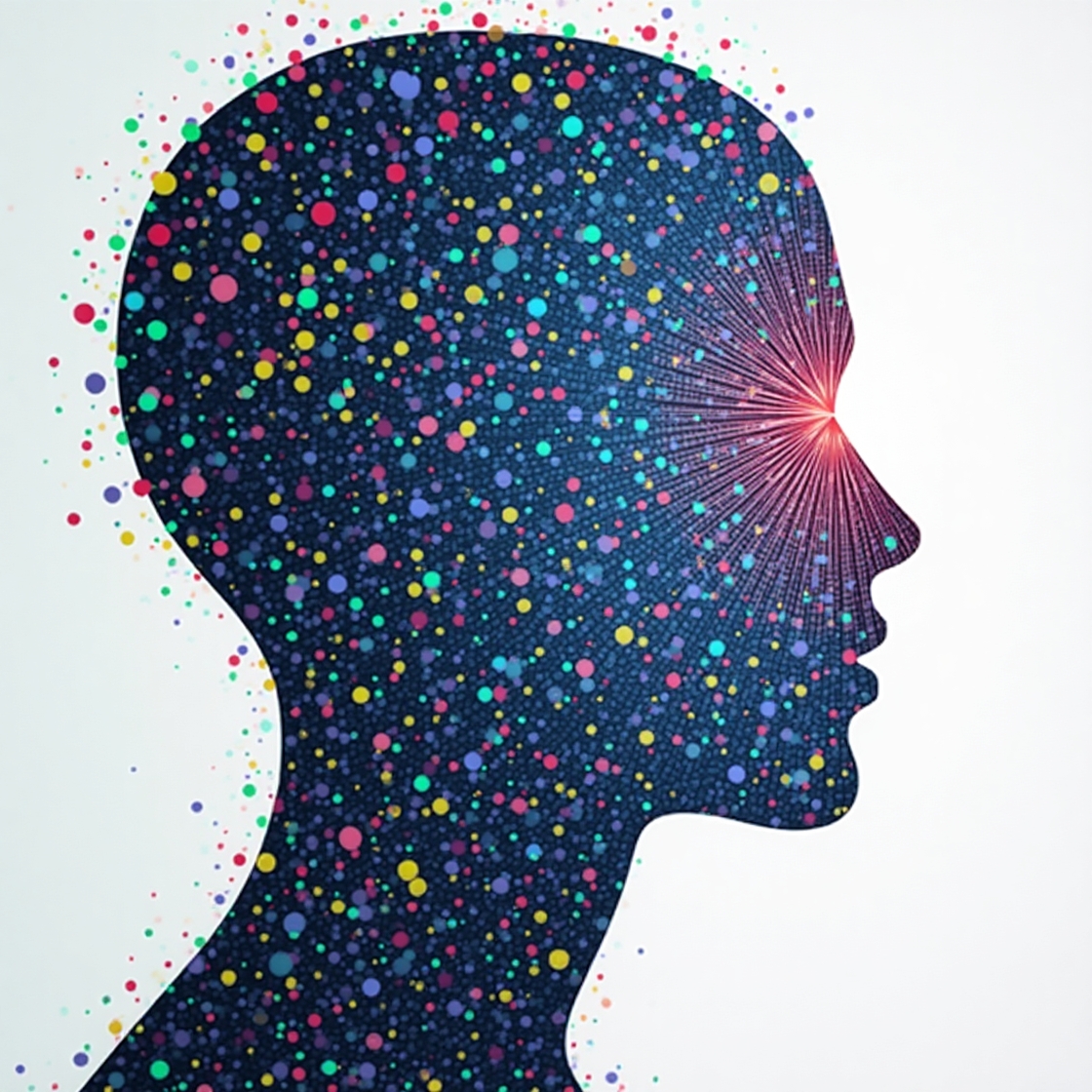What is AI: 7 Powerful Facts That Will Transform Your Understanding
What is AI? In today’s rapidly evolving digital world, artificial intelligence (AI) has emerged as one of the most transformative technologies of the 21st century. Yet, amidst countless headlines, buzzwords, and debates, many people still wonder: what exactly is AI? This comprehensive guide will walk you through the core concepts, uncover groundbreaking insights, and clarify some common misconceptions—so you gain a truly deep understanding.
Understanding What is AI: A Primer
At its core, artificial intelligence (AI) refers to technology designed to simulate human intelligence. But it’s much more nuanced than just “machines thinking like people.” AI enables computers and machines to perform tasks such as learning, comprehension, problem solving, decision making, creativity, and autonomy.
Unlike traditional software that follows a fixed set of instructions, AI systems have the ability to:
- See and identify objects
- Understand and respond to human language
- Learn from experience and new data
- Make detailed recommendations
- Act independently without constant human intervention
Take self-driving cars, for example. These vehicles don’t just follow pre-set routes. Instead, they interpret sensor data, predict the behavior of pedestrians and other vehicles, and make split-second decisions — all powered by AI.
The Evolution of AI: From Concept to Reality

To truly grasp what AI is today, it helps to look back at its history. AI isn’t just a recent invention; it has been more than 70 years in the making:
- 1950: Alan Turing’s seminal paper, “Computing Machinery and Intelligence,” posed the question, “Can machines think?” This laid the philosophical foundation for AI and introduced the famous “Turing Test.”
- 1956: John McCarthy coined the term “artificial intelligence” at the Dartmouth Conference, marking the official birth of AI as an academic discipline.
- 1967-1980: Early AI research focused on neural networks and symbolic AI, with milestones like the Mark 1 Perceptron and the rise of backpropagation algorithms.
- 1997: IBM’s Deep Blue defeated world chess champion Garry Kasparov, showing AI’s potential in strategic thinking.
- 2011: IBM Watson beat human champions on Jeopardy!, demonstrating natural language understanding at scale.
- 2016-present: The explosion of deep learning and generative AI technologies accelerated AI breakthroughs in image recognition, natural language processing, and autonomous systems.
What is AI ? Today: Enter the Era of Generative AI
While many AI applications exist, the 2020s have seen remarkable advances in generative AI. This technology can create original text, images, audio, and even videos based on user prompts.
Tools like ChatGPT, GPT-4, Midjourney, and DALL·E illustrate how far AI has come — moving beyond analysis to creativity. But to understand what generative AI really means, we need to explore the technologies beneath it: machine learning (ML) and deep learning.
Dissecting AI: Machine Learning and Deep Learning
Machine Learning: Teaching Machines to Learn
Machine learning (ML) is a subset of AI that powers most modern intelligent systems. Instead of programming machines with explicit rules, ML teaches algorithms to learn patterns from data.
Here are some key points about machine learning:
- It involves training models on labeled or unlabeled datasets.
- Algorithms learn to predict outcomes or classify new data based on what they’ve “seen.”
- Common algorithms include linear regression, decision trees, random forests, support vector machines (SVM), k-nearest neighbors (KNN), and clustering.
- The most powerful ML models employ artificial neural networks, inspired by the structure of the human brain.
Neural networks are made up of layers of interconnected nodes or “neurons,” processing complex data inputs to find patterns and relationships.
Deep Learning: The Brain Behind Advanced AI
Deep learning is a specialized type of machine learning that uses deep neural networks — models with multiple hidden layers capable of learning high-level abstractions.
Unlike classic ML, deep learning models can perform:
- Unsupervised learning: Understanding unlabeled data without explicit human guidance.
- Semi-supervised learning: Combining small labeled datasets with large unlabeled ones for training.
- Self-supervised learning: Generating implicit labels from data itself.
- Reinforcement learning: Learning by trial and error with feedback loops.
- Transfer learning: Applying knowledge from one task to improve performance on another.
This is why deep learning excels at:
- Natural Language Processing (NLP)
- Image and speech recognition
- Complex decision making in gaming and robotics
Deep learning’s ability to harness massive unstructured data—such as text, pictures, and videos—is foundational to today’s AI breakthroughs.
Generative AI: Creating Rather Than Just Analyzing
What is AI? – Generative AI systems don’t just analyze data; they generate new, original content. But how does that happen?
Generative AI models are trained on colossal datasets to encode representations of patterns in the data. When prompted, they draw from this “knowledge” to create novel outputs that feel creative and human-like.
Three Main Deep Learning Models Powering Generative AI
- Variational Autoencoders (VAEs): Allow models to create multiple variations of content based on prompts.
- Diffusion Models: Add and then remove noise from data (like images) to generate new visuals.
- Transformer Models: Utilize sequence-to-sequence architectures to generate text, images, or even code. Transformers power tools like ChatGPT and GPT-4.
The Generative AI Lifecycle
- Training: Build a foundation model on massive, unstructured data—this can be text, images, or video.
- Tuning: Adapt the model to specific tasks with labeled data or human feedback.
- Generation and Evaluation: Continuously generate outputs, analyze results, and improve through ongoing tweaking.
Creating foundation models requires enormous computational power and investment, which is why open-source projects like Meta’s LLaMA have become so important.
AI Agents and Agentic AI: Autonomous Decision Makers
Beyond simple AI tools and generative AI models, AI agents are systems that operate independently. They design workflows, use other digital tools, and work collaboratively without ongoing human input.
Agentic AI refers to orchestrated multiple AI agents working together on complex problems—like an AI concierge who not only suggests a vacation but also books flights, hotels, and itineraries tailored to your preferences.
Real-World Applications: How AI Impacts Our Lives
AI’s potential is vast and diverse. Let’s explore some prominent use cases across industries:
Customer Experience and Support
- AI-powered chatbots handle 24/7 customer queries efficiently.
- Natural language processing enables instant understanding and response.
- Human agents can focus on more complex tasks, enhancing overall service quality.
Fraud Detection
- AI algorithms analyze transaction patterns in real time.
- Anomalies like unusual logins or spending behaviors are flagged.
- This leads to faster intervention and reduced financial loss.
Personalized Marketing
- AI recommends products based on customer behavior.
- Generative AI creates personalized content, special offers, and messaging.
- Helps prevent customer churn and increase sales.
Human Resources and Recruitment
- Automated resume screening and candidate matching.
- AI-driven video interview analysis reduces hiring biases.
- Speeds up recruitment cycles while enhancing candidate experience.
Predictive Maintenance
- Machine learning models analyze sensor data from machinery.
- Predict failures before they happen, preventing costly downtime.
AI Benefits: Why Does AI Matter?
Harnessing AI delivers tangible advantages, which include:
- Automation of Repetitive Tasks: Frees human workers to focus on creativity and strategy.
- Enhanced Decision-Making: Faster, data-driven insights reduce risks and improve outcomes.
- Reduction of Human Error: Consistency and precision across processes.
- 24/7 Availability: AI tools never sleep and sustain performance levels.
- Reduced Physical Risk: AI robots handle dangerous tasks, enhancing worker safety.
The Challenges and Risks of AI
Alongside its promise, AI brings important concerns to the forefront:
Data Risks
- Data quality issues like bias, poisoning, or tampering can skew results.
- Governments and companies must protect data integrity rigorously.
Model Vulnerabilities
- AI models can be stolen, reverse engineered, or maliciously altered.
- Maintaining robust security and operational governance is critical.
Ethical and Legal Dilemmas
- Bias in training data can lead to unfair or discriminatory outputs.
- Privacy concerns grow as AI uses more personal information.
- Clear ethical frameworks and accountability are essential.
Ethics and Governance: Building Trustworthy AI
To maximize benefits and reduce harm, organizations need comprehensive AI governance strategies.
- Explainability: Making AI decisions interpretable to humans.
- Fairness and Inclusion: Minimizing bias and promoting diverse development teams.
- Robustness and Security: Ensuring resilience to errors and attacks.
- Accountability: Clear responsibility for AI outcomes.
- Privacy Compliance: Adherence to regulations like GDPR.
Types of AI: Weak, Strong, and Beyond
Understanding AI also requires recognizing different levels of intelligence:
- Weak AI (Narrow AI): Designed for specific tasks like virtual assistants or image recognition.
- Strong AI (Artificial General Intelligence – AGI): Hypothetical AI with human-level reasoning across all tasks. Not yet achieved.
- Artificial Superintelligence (ASI): Future concept where AI surpasses human intelligence in every domain.
How Does AI Work? A Simple Explanation
AI learns by exposure to vast datasets, uncovering patterns that humans might miss. It uses algorithms—step-by-step instructions—to analyze data and make decisions.
Take natural language processing (NLP), for example. Deep learning models process millions of sentences to understand context, grammar, and meaning, enabling AI to translate languages or generate coherent responses.
In reinforcement learning, an AI “agent” learns by trial and error, receiving rewards for correct actions and penalties for mistakes, much like how a human learns new skills.
Looking Ahead: The Future of AI
As we move into 2024 and beyond, several advancements are shaping AI’s trajectory:
- Multimodal Models: Integrating language, vision, speech, and more to create richer experiences.
- Smaller and More Efficient Models: Achieving powerful capabilities without massive computational costs.
- AI Agents and Agentic AI: More autonomous, goal-driven agents that collaborate fluidly.
- Ethical AI Development: Greater emphasis on fairness, transparency, and user trust.
Why Understanding What is AI Matters
AI isn’t just a futuristic concept or a tech buzzword. It’s a profound shift in how machines and humans interact, reshaping industries, economies, and daily life.
By understanding what AI is—the science, the promise, and the pitfalls—you become better equipped to engage with this technology thoughtfully and responsibly. Whether you’re a business leader considering AI adoption, a student diving into the field, or simply a curious soul, this evolving landscape offers endless possibilities.
In the end, AI is about amplifying human potential—not replacing it. The future belongs to those who master the intersection of human insight and machine intelligence.
Additional Resources
- IBM AI Overview
- OpenAI’s ChatGPT Introduction
- Deep Learning for Natural Language Processing
- Google AI Blog
- Turing AI Ethics Research













